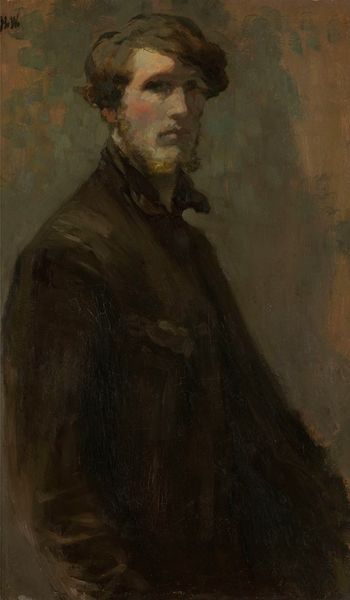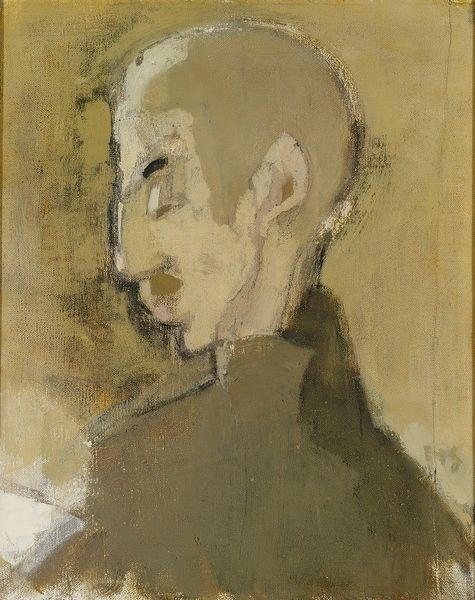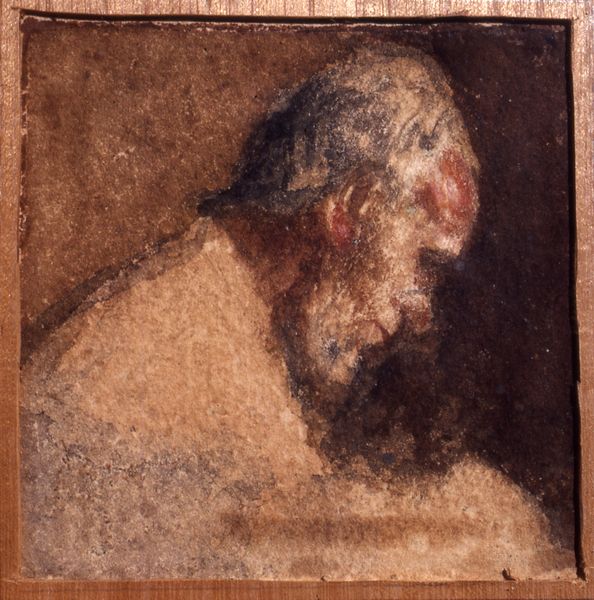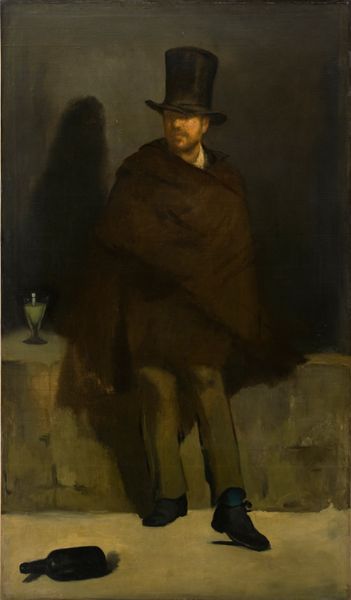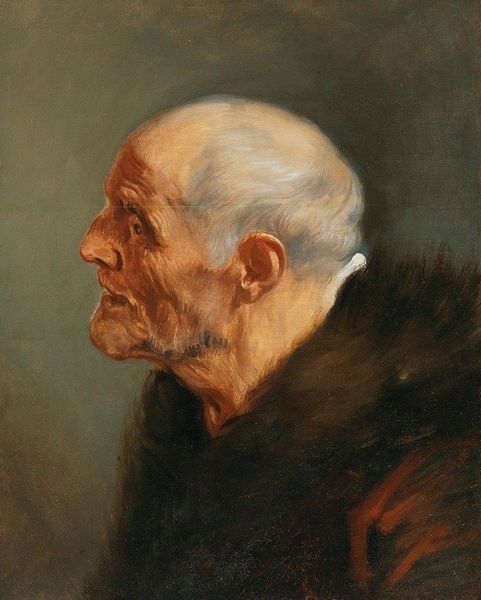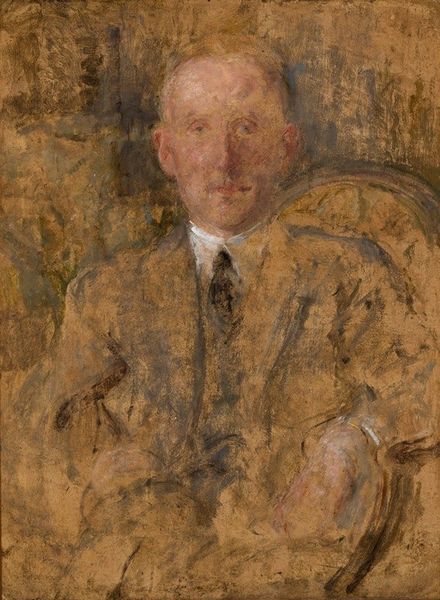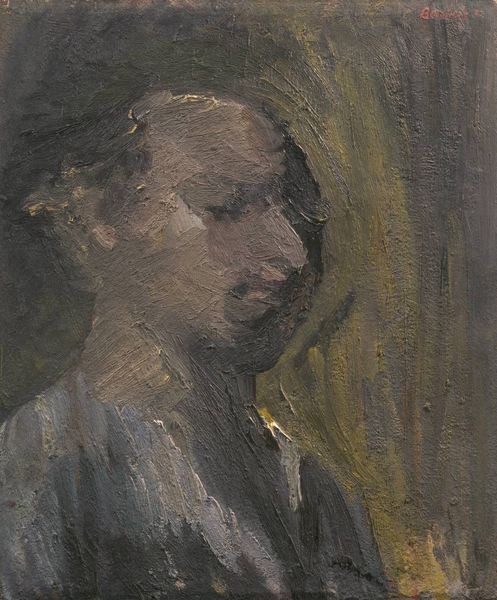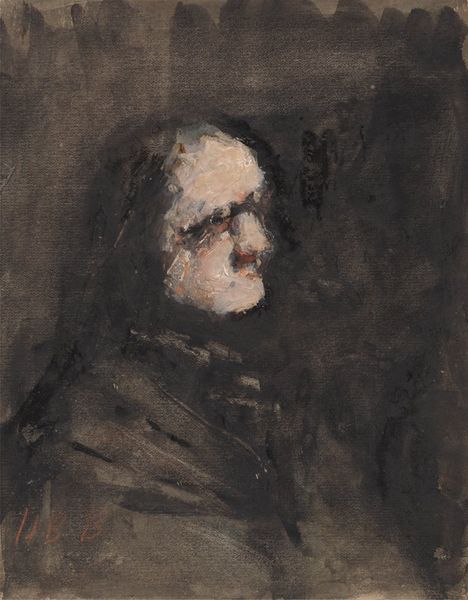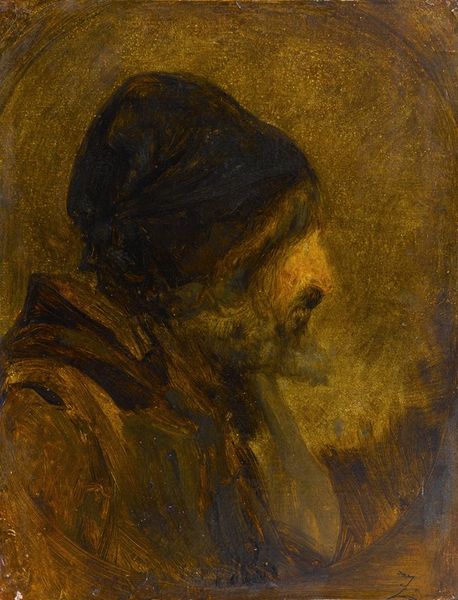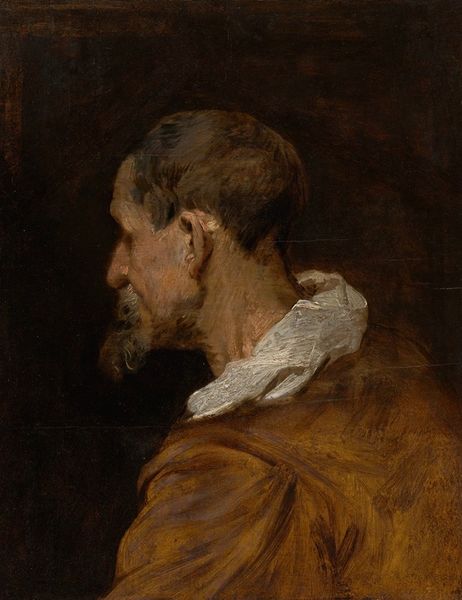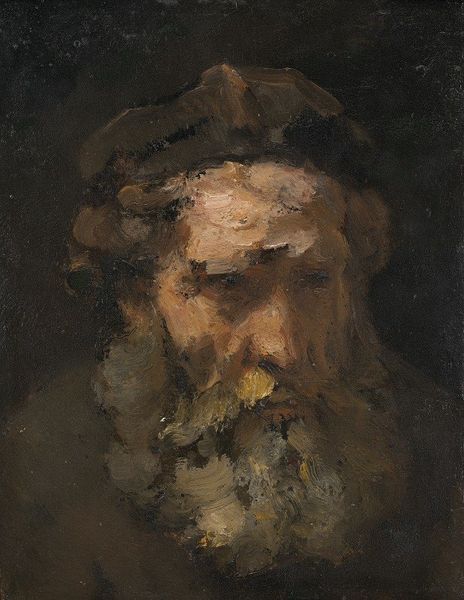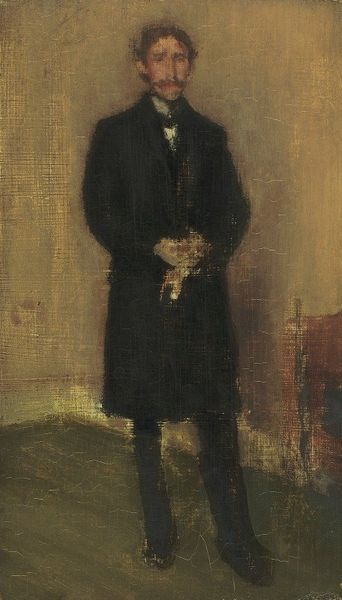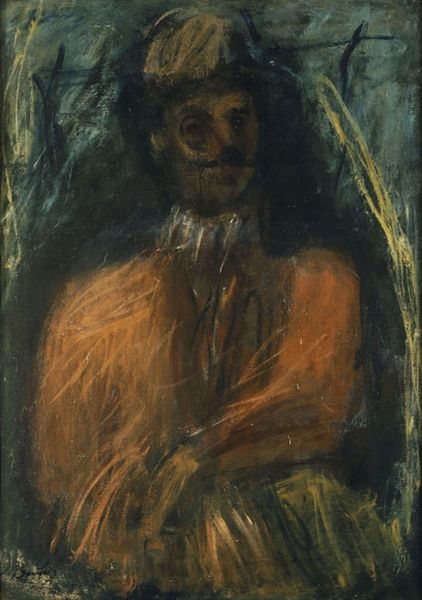
Copyright: Public Domain: Artvee
Franz von Lenbach painted this portrait of Chlodwig Fürst zu Hohenlohe-Schillingsfürst, and the fur draped over his shoulders immediately draws our attention. It’s more than just a piece of clothing; it is a symbol. Throughout history, fur has signified power, wealth, and status. Think of royal robes trimmed with ermine or the pelts worn by tribal leaders to denote authority. The presence of fur suggests Hohenlohe-Schillingsfürst's elevated position in society. This symbol resonates through centuries: from ancient depictions of rulers in animal skins to contemporary fashion statements of luxury. Consider how this symbol changes—how it is reinterpreted across generations. Once a primal marker of survival and dominance, fur evolves into an emblem of sophistication, prestige, and even decadence. The enduring presence of such motifs speaks to a collective memory, a subconscious understanding of humanity’s primal past. This portrait evokes a deep psychological response in viewers. The fur triggers associations, engaging us in a dialogue that spans history. It is a testament to the cyclical nature of symbols: constantly resurfacing, evolving, and taking on new layers of meaning across time.
Comments
No comments
Be the first to comment and join the conversation on the ultimate creative platform.
